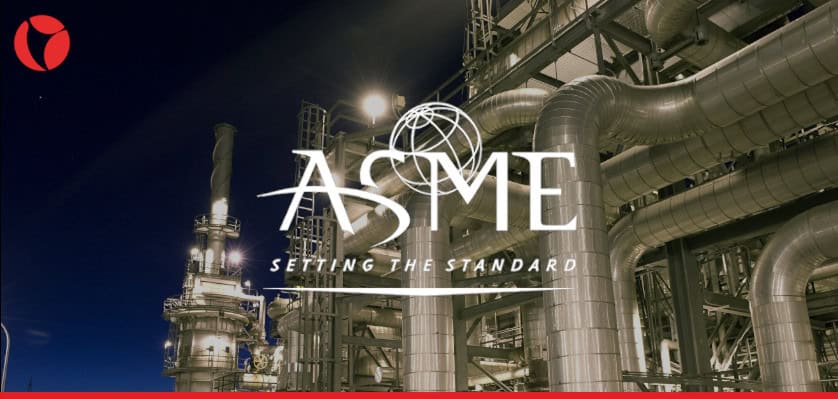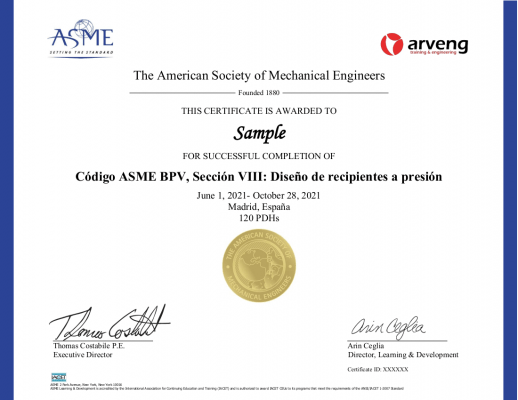IN THIS COURSE YOU WILL LEARN…
+ The Design Code, Scope, and related design specifications.
+ The terminology and key concepts for the design and calculation of piping systems.
+ To design and perform the main calculation for piping systems in industrial plants.





 WhatsApp
WhatsApp
David C.
Excellent course, very grateful for the waiting time and the response to requests for information, it would be positive to add the possibility of internships and a job bank. Thank you very much for such an excellent course!
Orlando M.
My experience has been good. It is appreciated to have calculation tools already developed to facilitate our work. I think it is a good course to get started in piping design.
Adam R.
The course met all my expectations, in fact I am already starting to apply it in my work environment. Excellent and recommended.
Franck S.
Nice course and very well structured.
Luis Miguel
A complete course. The study notes and the test are well thought. The teacher, Javier Trenti, is very competent and he was willing to reply at due time and with good quality.
Stefano
The course far exceeded my expectations, as it was of high quality, the topics were covered in an exhaustive manner.
Eduardo José
The course is well structured and clear. The case of study is a very good way to apply the knowledge acquired.
Khalifa
I found this course very informative and useful. I also liked the case studies which were very interesting and contributed a lot to the learning process.
Luigi
the course is very completed
Mary
I loved it! When will you have the other parts of the course?
Arveng
Thanks Mary! We hope to have it soon
Robert
I wish you had parts 2 and 3, because I think it is a very good course.
Louis
Thanks Javier for your time and dedication